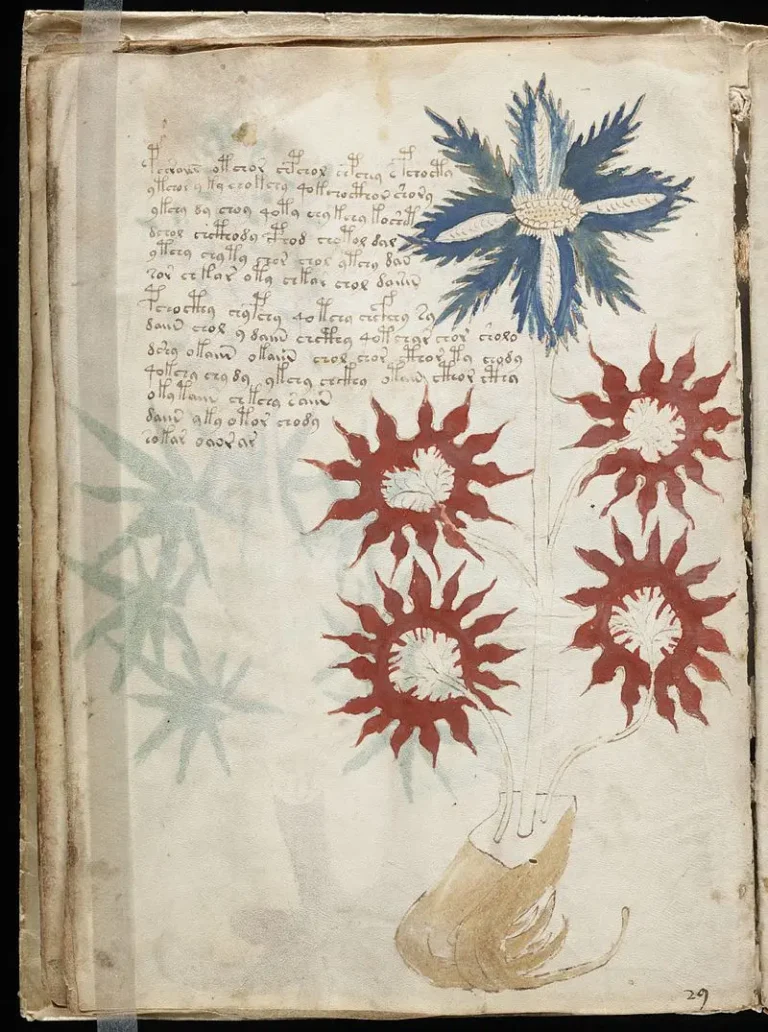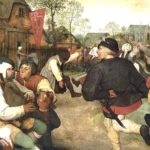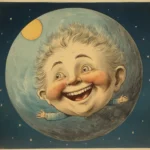
The Voynich Manuscript: History’s Most Mysterious Book
Few historical artifacts spark as much curiosity and debate as the Voynich Manuscript. This mysterious book, filled with strange illustrations and undeciphered writing, has puzzled linguists, cryptographers, historians, and conspiracy theorists alike for over a century. Despite numerous attempts to crack its code, the Voynich Manuscript remains an enigma—a true riddle from the past that continues to challenge our understanding of medieval knowledge and language.
History and Context
The Voynich Manuscript first came to modern attention in 1912 when a Polish-American book dealer named Wilfrid Voynich purchased it from a Jesuit college in Italy. Radiocarbon dating later established the parchment’s age to the early 15th century, roughly between 1404 and 1438. The manuscript contains approximately 240 pages filled with handwritten text in an unknown script, accompanied by detailed botanical drawings, astrological diagrams, and strange human figures.

Its origins, purpose, and authorship remain unknown. Some believe it to be a compendium of medieval science or herbal medicine; others suspect it might be a coded message or even a hoax. The manuscript’s language, often called ”Voynichese,” has never been conclusively deciphered despite extensive efforts by top codebreakers, including those from World War II intelligence agencies.
Sources, Theories, and Events
Over the decades, the Voynich Manuscript has been studied by many experts across disciplines:
- Linguistic analysis shows the text exhibits linguistic patterns similar to natural languages, with recognizable word frequency distributions, but it defies decoding using any known cipher or language. Computational analyses have attempted to break its code using AI and statistical models, but none have produced a definitive translation.
- Botanical illustrations depict plants, many of which are unidentifiable or fantastical. This has fueled speculation that the book might be an herbal manual from an unknown or secret tradition. Some scholars argue that the plants are distorted or symbolic rather than literal.
- Astronomical and astrological charts suggest the manuscript might include alchemical or cosmological knowledge. These drawings sometimes resemble medieval zodiac signs or calendars, hinting at the manuscript’s use in esoteric or medical contexts.
- Historical ownership trails the book through European intellectual circles, including an association with Emperor Rudolf II of the Holy Roman Empire, who is said to have purchased it for a large sum. This suggests the manuscript was highly valued in its time, even if its content remained obscure.
Despite many theories, no one has definitively explained the manuscript’s content or purpose. The idea that it could be a sophisticated hoax is also debated, given the complexity and consistency of the script.
The Voynich Manuscript stands as one of history’s most enduring mysteries. Its unknown language, bizarre illustrations, and unclear origin invite endless fascination. Whether it’s a coded scientific text, a lost herbal guide, or a medieval puzzle designed to bewilder, the manuscript continues to challenge scholars and enthusiasts alike.
The question remains: will modern technology or future discoveries finally unlock its secrets? Until then, the Voynich Manuscript remains a strange and beautiful enigma—a true oddity in the archives of history.
Fact-Checking
Analysis of the manuscript’s text: Smithsonian Magazine
General information: Encyclopedia Britannica – Voynich Manuscript








